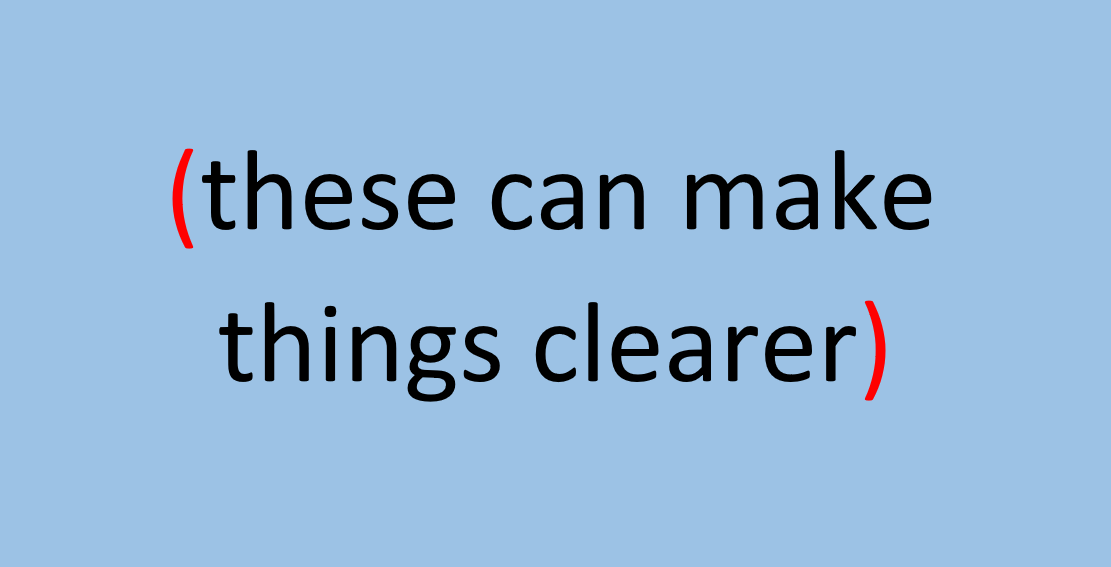 Generally, parentheses are of limited use in contracts. As MSCD says, “The limited and stylized prose of contracts isn’t the place for explanations and asides, so drafters should have no reason to use parentheses to serve that function.”
Generally, parentheses are of limited use in contracts. As MSCD says, “The limited and stylized prose of contracts isn’t the place for explanations and asides, so drafters should have no reason to use parentheses to serve that function.”
But parentheses do serve a few specific functions. For example, MSCD says that “if you need to express that two different arrangements apply in different circumstances, maybe the most convenient way to express those different circumstances is by using paired sets of parentheses.”
But I just used parentheses in a simpler but, I think, legitimate way in this sentence:
If Acme is also terminating the Customer’s account, Acme shall give the Customer whatever advance notice is required by law (or, in the absence of such a requirement, reasonable advance notice) to allow the Customer to retrieve any Customer Data.
If you have two alternative scenarios that apply to one circumstance and those scenarios are of even modest complexity, using parentheses might be clearing than using offsetting commas.
***
(Hey, while you’re here, check out the September start dates for the next three series of my online course Drafting Clearer Contracts: Masterclass.)
